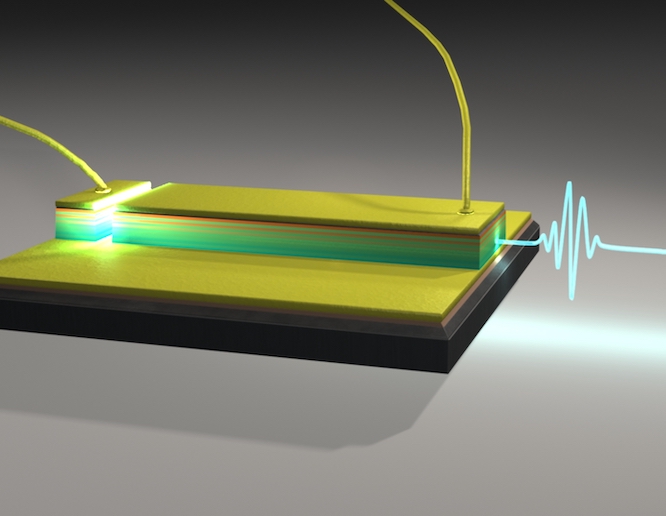Simple synthesis of novel nanomaterials
Scientists produced and characterised a variety of metal oxide and metal sulphide nanomaterials with EU funding of the project 'Development of hybrid nanostructures for photocatalysis and fuel cell applications' (HYBRID NANOMATERIALS). Work resulted in five publications in peer-reviewed scientific journals. The team demonstrated simple one-step synthesis of a number of metal oxide nanomaterials from single-source precursors using thermal decomposition. Products included close-packed films of copper nanocrystals, copper oxide nanoparticles and porous manganese oxide nanowires. Similarly, varying reaction conditions led to control over shape and production of iron oxide rectangles and belt-like structures, cobalt oxide nanofibres and tin oxide nanowires. Researchers also produced several metal sulphide nanostructures with thermal decomposition of a single-source precursor. These included tin sulphide nanowires and a hybrid cadmium sulphide (CdS)–zinc oxide (ZnO) structure. For the latter, a vertically aligned ZnO nanowire array was filled with CdS. Ultra-thin tungsten oxide nanowires have shown promise for numerous applications in sensing, solar cells, and electrochromic devices that use voltage to control optical properties. Scientists produced and characterised solution-phase nanowires. They then deposited them on indium tin oxide (ITO) with an eye on electrochromic devices. Nanowire synthesis enabled independent control over length and diameter by varying the three reaction components and the reaction conditions. The films on ITO showed promising optical properties and stability, opening the door to development for use in display applications and smart windows. Finally, researchers successfully synthesised hybrid nanostructures of metal–ZnO nanopyramids in which the metal can be attached either to the base or the tip. It is the first report of nanopyramids employing copper or silver with ZnO. Producing controlled architectures at the nano scale is no simple task. HYBRID NANOMATERIALS has successfully accomplished it in simple processes to synthesise a wealth of nanomaterials with important industrial applications. The technology should reduce processing time and cost while enhancing product reliability, supporting a competitive EU nanotechnology sector.
Keywords
Nanomaterials, hybrid nanostructures, photocatalysis, fuel cell applications, hybrid nanomaterials







